August 23, 2022
Can You Eat White Rice If You Have Diabetes?
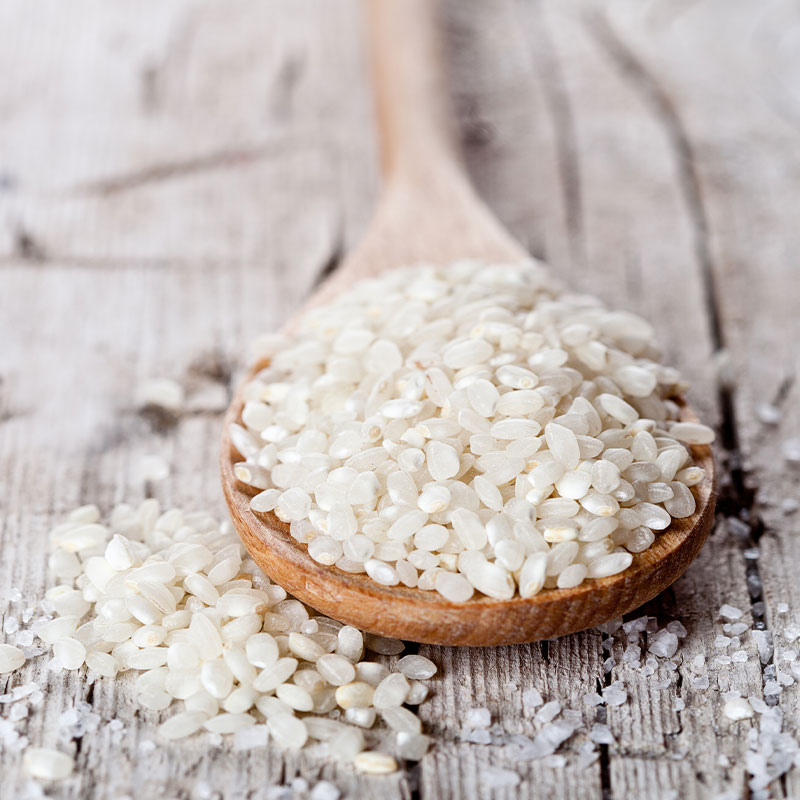
A nutritious, well-balanced diet is crucial for staying healthy, especially for people with diabetes. When striving for a well-balanced diet, people with diabetes may wonder whether carbohydrate foods, like white rice, are a good option to include in their eating patterns. The short answer is: yes! While everyone’s needs are unique, white rice can certainly be part of a healthy eating pattern for those with diabetes.
But first, here are some need-to-know facts about rice’s role in a healthy eating pattern:
- Both brown and enriched white rice contribute more than 15 vitamins and minerals, including folic acid and other B vitamins, potassium, magnesium, selenium, and fiber (brown) as well as iron and zinc
- People who eat rice may have a healthier all-around diet. The National Health and Nutrition Examination Survey (NHANES) research looked at specific health indicators and found that people who eat rice daily are more likely to eat a diet consistent with the U.S. Dietary Guidelines for Americans.
- Researchers have shown that eating rice with meals increases satiety and makes you feel full longer.
- Both white and brown rice are significant sources of resistant starch – especially if you cook and let it cool before eating. Recent research shows that resistant starch, or fibers that are less thick and resistant to digestion, may help to prevent certain cancers and promote a healthy body weight.
- Glycemic response to rice Is low. The glycemic load, or GL (the blood sugar response to a food based on the grams of carbohydrates it contains) for white and brown rice does not raise red flags for carb-concerned eaters.
Diabetes & Carbohydrates
Diabetes occurs when the body has issues producing insulin or responding to insulin as it should, and as a result, doesn’t store or use blood sugar (glucose) effectively. Since glucose comes from foods that contain carbohydrates, people with diabetes may question whether they should eat carbohydrates like white rice. Rest assured, people with diabetes do not have to avoid carbohydrates altogether, but they do need to think about the types and quantity of carbohydrates that they eat. Here are some factors to consider when adding white rice to your eating pattern while managing blood sugar:
White Rice Type
There are many different white rice varieties, categorized by the structure and starch ratio of the grain. In general, white rice is a moderate glycemic index food, but the differences in varieties impact how quickly rice is broken down and digested in the body, resulting in a higher or lower glycemic index per rice variety. For instance, parboiled white rice has a lower glycemic index than regular white rice, and aromatic white long grain varieties contain 8 grams less of carbohydrates than short grain white rice. In addition to different glycemic indices, there are differences in the glycemic load (GL) as well. According to Harvard Health Publications, white rice has a GL of 43 (low); brown rice, 16 (low); and parboiled white rice, 14 (low).
Cooking Method
Recent studies have shown that the method used to cook white rice may also affect the amount of carbohydrates the body absorbs, and therefore may change the blood sugar response to the grain. Rice naturally contains resistant starches that do not get digested and absorbed in the small intestine. Research has found that cooked rice that has been cooled and refrigerated before use, like rice used in fried rice or leftovers, contains higher levels of resistant starches than freshly cooked rice. It’s possible that the cooking method of cooling down the rice can change the structure of the starch molecules that affect the starch's digestibility and reduce its glycemic index.
Portion Size & Diet Quality
Portion control is key for blood sugar management, so it’s important to remember that the amount of rice and other carbohydrate-containing foods being consumed matters. The American Diabetes Association recommends the Diabetes Plate Method where, when using a 9-inch plate, half is filled with vegetables, a quarter with lean protein, and a quarter with carbohydrates like white rice. Following this eating method is an easy way of consuming healthy portions of carbohydrates.
Maintaining a balanced and quality eating pattern is also vital for successful blood sugar management, and white rice can easily be part of a healthy diet. Research from Japan shows that while white rice is a diet staple, it was not directly linked to increased glycemic loads, with most study participants having average glucose levels. The researchers noted that total diet quality plays a very important role in determining blood sugar levels, and showed that a diet that included white rice, fruit, low-carbohydrate vegetables, and dairy was not linked to increasing the body’s glycemic load, a factor that plays a major role in blood sugar response.
How to Include White Rice with Your Meals
Pairing rice with other nutritious foods may be one of the most effective ways to control blood sugar. Rice is typically paired with other foods rather than being eaten on its own. Combining rice with lean proteins, vegetables, and other healthy fats will help decrease the likelihood of any sudden blood sugar spikes after a meal. For example, rice and beans both contain soluble fiber, so pairing beans with rice can be helpful for those with diabetes, because the fiber in beans can help prevent blood sugar levels from rising rapidly after a meal.
Bottom line
All types of nutritious foods like U.S.-grown white rice can fit into a healthy meal pattern to manage diabetes or reduce the risk of developing it. Eating a balanced diet of vegetables, fruits, low-fat dairy, lean proteins, and a combination of whole (brown rice) and refined grains (white rice) is key to maintaining healthy blood sugar levels. When choosing a healthy eating pattern that works for you, talk with a healthcare professional to add the rice options that best fit your lifestyle, and be sure to:
- Understand healthy portion sizes.
- Spread intake of rice and other carbs evenly throughout the day.
- Choose a variety of rice that is low in carbs and has a low GI score.
- Consider any sauces and other food pairings that may contain extra sugar or carbs.
- Discuss specific individual carbohydrate needs with a healthcare professional.
Diabetes-friendly Rice Recipes
-
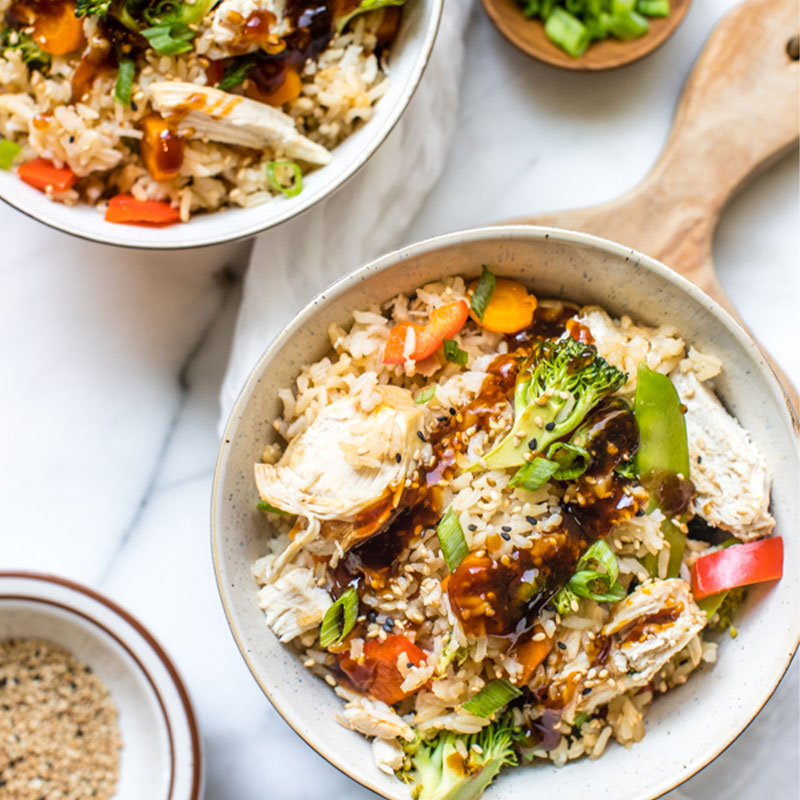
Instant Pot Teriyaki Chicken Rice Bowls
-
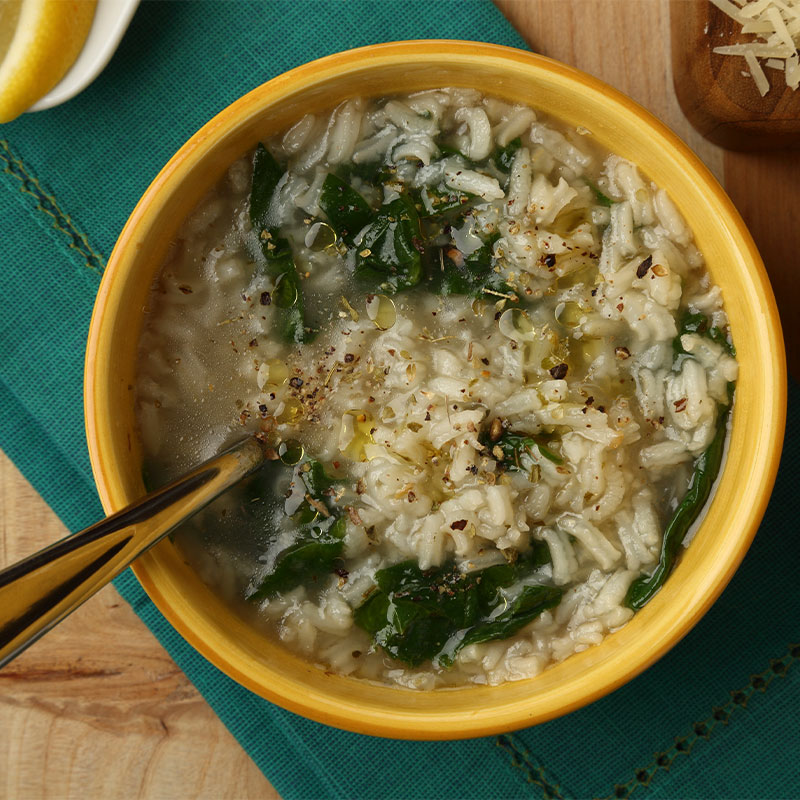
Fresh Spinach-Rice Soup with Parmesan
-
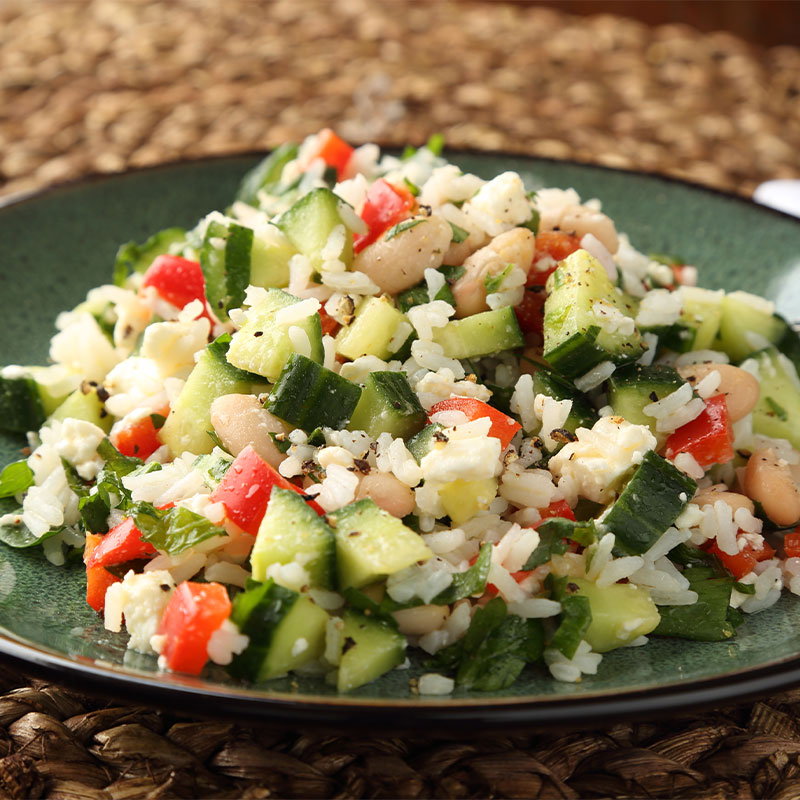
Fresh Parsley & Mint Rice Salad
-

Sweet Pepper “Sushi” Rice Rounds
-

One-Pan Salmon with Lemon Rice & Yogurt Sauce
-
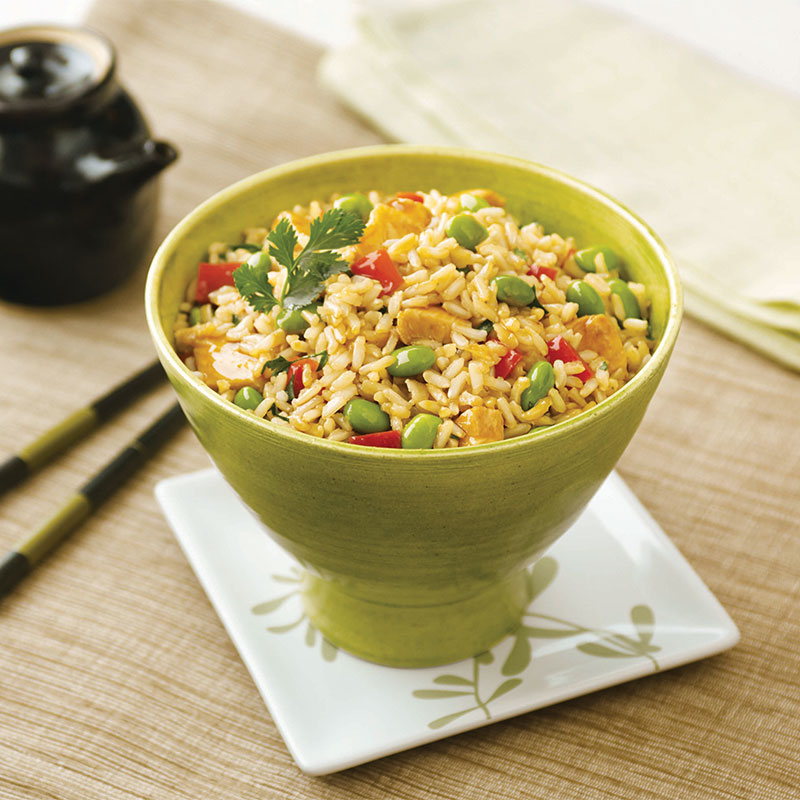
Teriyaki Chicken and Edamame Rice Bowls
